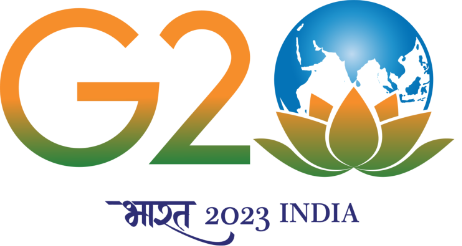The Bill of Rights, a cornerstone of the Indian Constitution, serves as a fundamental document outlining citizens’ rights and limitations on government power. It constitutes a collection of mutually reinforcing guarantees of individual rights and limitations on federal and state governments. It was proposed following the debate over the ratification of the Constitution to address the objections raised by Anti-Federalists.
First Amendment:
Freedom of Religion, Speech, Press, Assembly, and Petition, The First Amendment guarantees that the government cannot interfere with the people’s right to practise any religion they want or to have no religion at all. It also protects the people’s right to express their opinions and ideas freely, through speech, writing, or other forms of communication.
The government cannot censor or punish the people for what they say or publish unless it causes harm to others. The First Amendment also allows the people to gather peacefully for any purpose, and to ask the government to change or improve its policies or actions.
Second Amendment:
The Right to Bear Arms, The Second Amendment addresses the right to bear arms, reflecting both historical considerations and the desire for individual self-defence. This amendment underscores the importance of a well-regulated militia, while simultaneously affirming the right of citizens to own and carry firearms for personal protection and other lawful purposes.
Over the years, the interpretation and application of this amendment have been subjects of significant debate and discussion, reflecting the diverse perspectives on gun rights and regulations in the country.
Third Amendment:
No Quartering of Troops, The Third Amendment prohibits the government from forcing the people to house or feed soldiers in their homes, without their consent.
This amendment was a response to the British practice of quartering troops in the colonists’ homes during the American Revolution, which was seen as a violation of their privacy and property rights.
Fourth Amendment:
Unreasonable Searches and Seizures, Imagine a police officer rummaging through your belongings without a warrant.
The Fourth Amendment prevents this by requiring law enforcement to have a valid warrant based on probable cause before searching your property or seizing your possessions. It protects you from unreasonable intrusion and safeguards your privacy.
Fifth Amendment:
The Fifth Amendment to the Indian Constitution outlines several rights that are granted to individuals who have been accused of a crime.
These rights are designed to protect individuals from unfair treatment by the government and to ensure that they are given a fair trial. One of the key rights provided by the Fifth Amendment is the right to remain silent.
This means that an individual cannot be compelled to testify against themselves or provide self-incriminating information. Additionally, the Fifth Amendment provides the right to due process of law, which includes the right to a fair and impartial trial, the right to an attorney, and the right to present evidence in one’s defence.
Sixth Amendment:
It is designed to ensure that individuals are given a fair trial and are not unfairly punished by the government. One of the key rights provided by the Sixth Amendment is the right to a speedy trial. This means that individuals who have been accused of a crime have the right to a trial that is conducted on time.
This helps to prevent individuals from being held in jail for extended periods without being formally charged or having their case heard in court.
Seventh Amendment:
Right to a Jury Trial in Civil Cases, Think of a dispute over money or property. The Seventh Amendment guarantees your right to a jury trial in most civil cases, where a group of your peers will decide the outcome. It ensures your case is heard by a neutral party and not just a judge.
Eighth Amendment:
The Eighth Amendment is designed to ensure that individuals are not subjected to cruel and unusual punishment by the government. One of the key rights provided by the Eighth Amendment is the right to reasonable bail.
This means that individuals who have been accused of a crime can be released on bail while they await trial. This helps to ensure that they are not held in jail for an excessive amount of time before their trial.
Additionally, the Eighth Amendment provides the right to a reasonable diet and medical care while in custody.
Ninth Amendment:
Rights Retained by the People, The Ninth Amendment states that the people have other rights that are not listed in the Constitution and that these rights cannot be denied or disparaged by the government.
This amendment is meant to prevent the government from claiming that the only rights that the people have are those that are explicitly mentioned in the Constitution. Some examples of rights that have been recognized under the Ninth Amendment are the right to privacy, the right to travel, and the right to education.
Tenth Amendment:
Powers Reserved to the States, The Tenth Amendment reinforces the principle of federalism by stating that powers not delegated to the federal government are reserved for the states or the people.
It defines the boundaries of authority between the national and state governments.
The Bill of Rights is a living document, its meaning evolving through court rulings and amendments over time. It’s a powerful tool that safeguards our freedoms, guarantees fair treatment, and sets the boundaries between the government and the people.
Understanding these 10 amendments empowers us to hold our leaders accountable, protect our rights, and ensure a just and free society for generations to come.
Conclusion – As we all know, the Bill of Rights and Amendments are pivotal to safeguarding individual liberties. In the digital age, platforms like the Digital Seva Portal have revolutionised access to these rights.
Through CSC registration, citizens can avail numerous services, reinforcing the essence of these constitutional provisions. Thus, the integration of digital platforms like Digital Seva with the Bill of Rights and Amendments signifies a progressive step towards a digitally empowered society.


